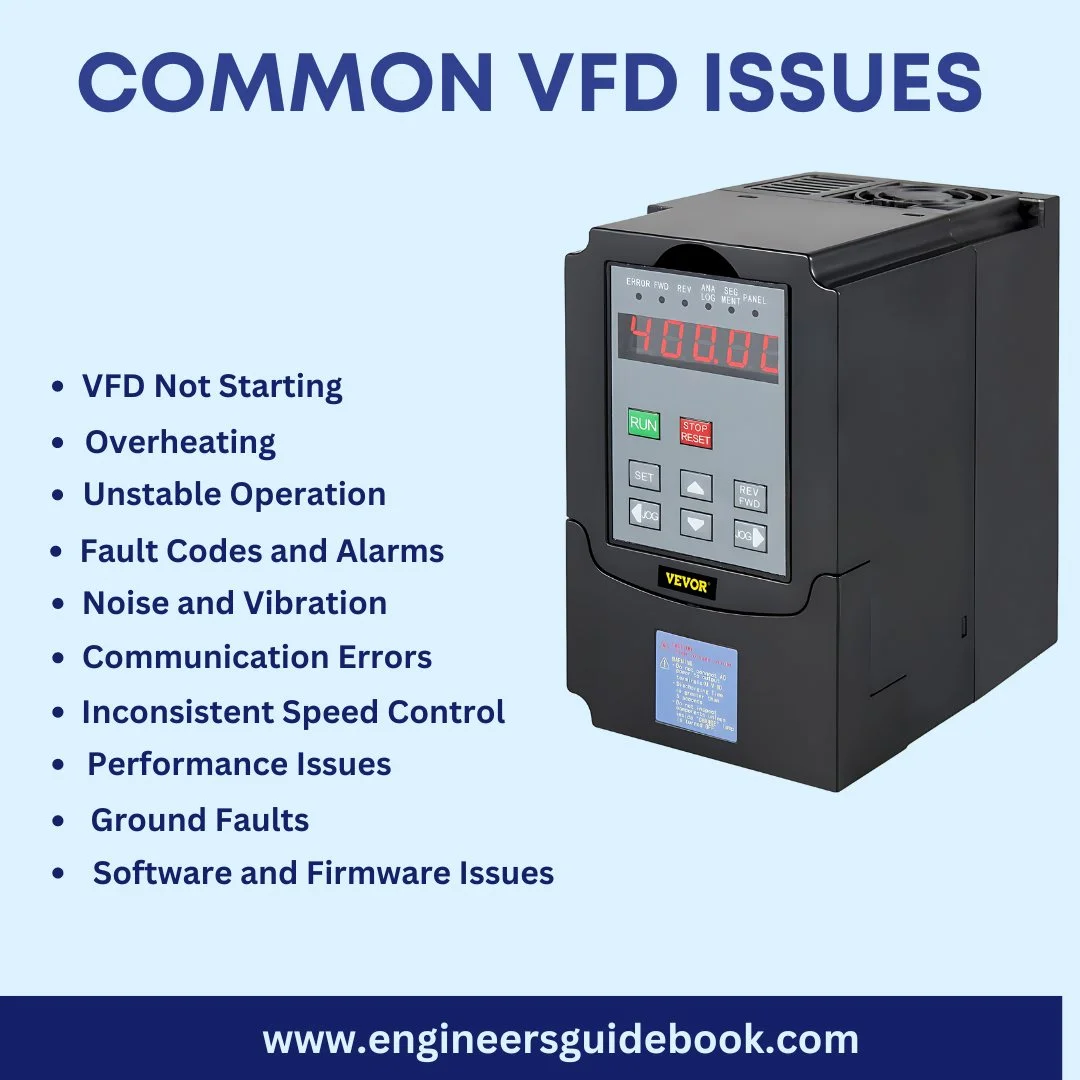10 years of experience as a food machinery equipment manufacturer
10 years of experience as a food machinery equipment manufacturer
Industrial applications relying on variable frequency vacuum rollers occasionally encounter operational challenges that disrupt workflow efficiency. This guide addresses frequent malfunctions and provides actionable solutions for engineers and maintenance teams.

Fluctuating suction often stems from two primary sources:
Excessive thermal buildup typically indicates:
Erratic speed behaviors often relate to control system issues:
Roller sleeve deterioration accelerates due to:
Modern drives include diagnostic capabilities:
Implementing scheduled interventions reduces downtime:
Technical personnel applying these methodical approaches typically report 40-60% reductions in unplanned downtime. Documenting interventions creates valuable reference data for future troubleshooting scenarios.
